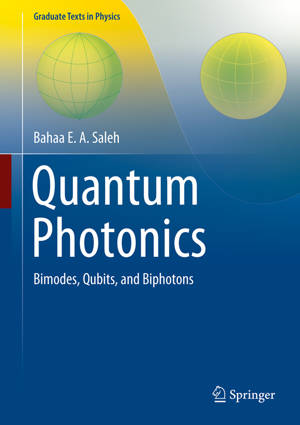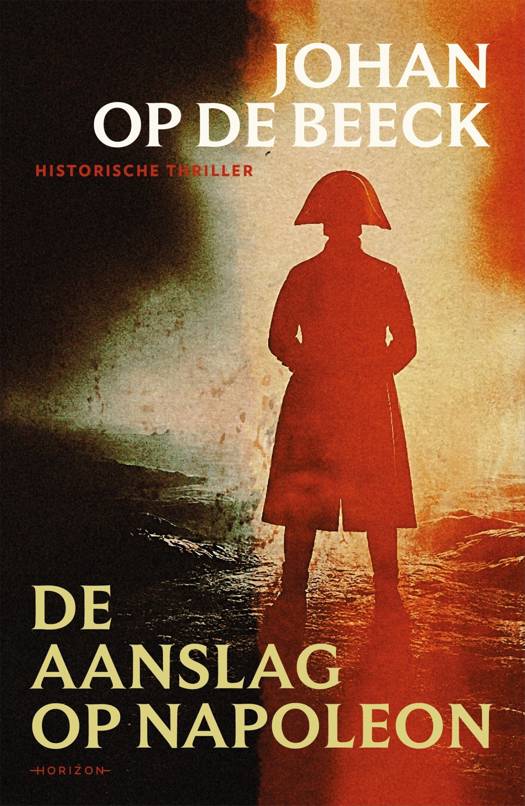
- Afhalen na 1 uur in een winkel met voorraad
- Gratis thuislevering in België vanaf € 30
- Ruim aanbod met 7 miljoen producten
- Afhalen na 1 uur in een winkel met voorraad
- Gratis thuislevering in België vanaf € 30
- Ruim aanbod met 7 miljoen producten
Zoeken
Omschrijving
This book introduces classical modal optics and discrete quantum systems using a common mathematical approach based on linear vector spaces. It explores the three key elements of photonic quantum information: the optical bimode, the qubit, and the photon. Both the bimode and qubit are represented as vectors in a two-dimensional linear vector space, but the qubit distinguishes itself through unique properties linked to quantum measurement. While optical bimodes can be mutually coupled, qubits can be entangled, enabling revolutionary quantum information technologies. A single photon occupying a bimode encodes a qubit, facilitating cryptographic protocols for secure communication. When occupying two bimodes, a photon encodes two qubits, enabling local gates. A photon distributed across spatial modes encodes an image. Entangled photon pairs form two qubits, enabling quantum-state teleportation and quantum networks. Additionally, two photons with spatiotemporal modal entanglement form a biphoton, useful for quantum sensing and imaging with sensitivity surpassing classical limits. With numerous illustrations, examples, and exercises, the book is ideal for classroom teaching or self-study at the upper-level undergraduate or beginning graduate level. It also serves as an accessible introduction for readers interested in the foundational principles driving the second quantum revolution and its diverse applications in communication, computing, and metrology.
Specificaties
Betrokkenen
- Auteur(s):
- Uitgeverij:
Inhoud
- Aantal bladzijden:
- 479
- Taal:
- Engels
- Reeks:
Eigenschappen
- Productcode (EAN):
- 9783031891205
- Verschijningsdatum:
- 3/06/2025
- Uitvoering:
- Hardcover
- Formaat:
- Genaaid
- Afmetingen:
- 178 mm x 254 mm
- Gewicht:
- 1070 g

Alleen bij Standaard Boekhandel
+ 274 punten op je klantenkaart van Standaard Boekhandel
Beoordelingen
We publiceren alleen reviews die voldoen aan de voorwaarden voor reviews. Bekijk onze voorwaarden voor reviews.











